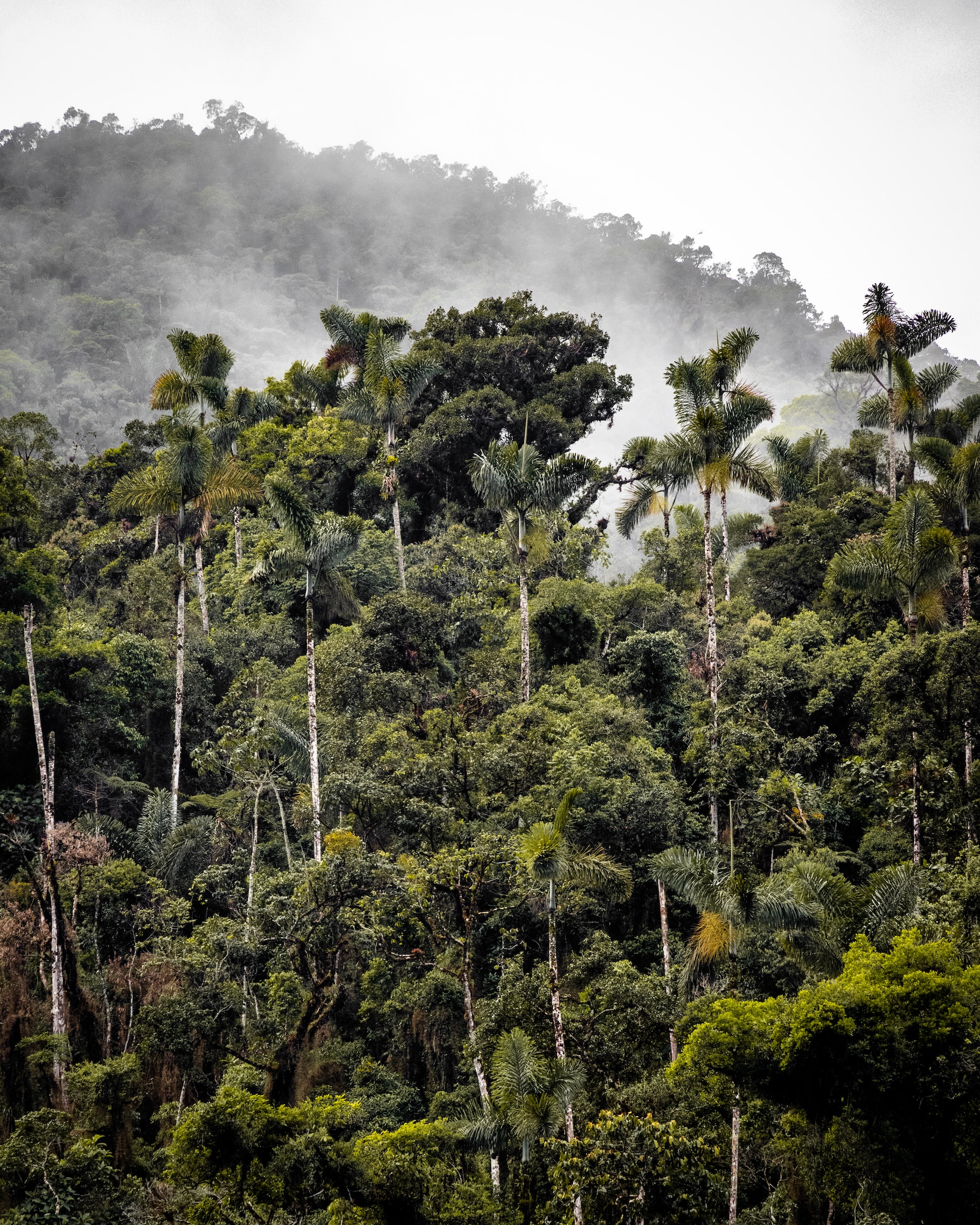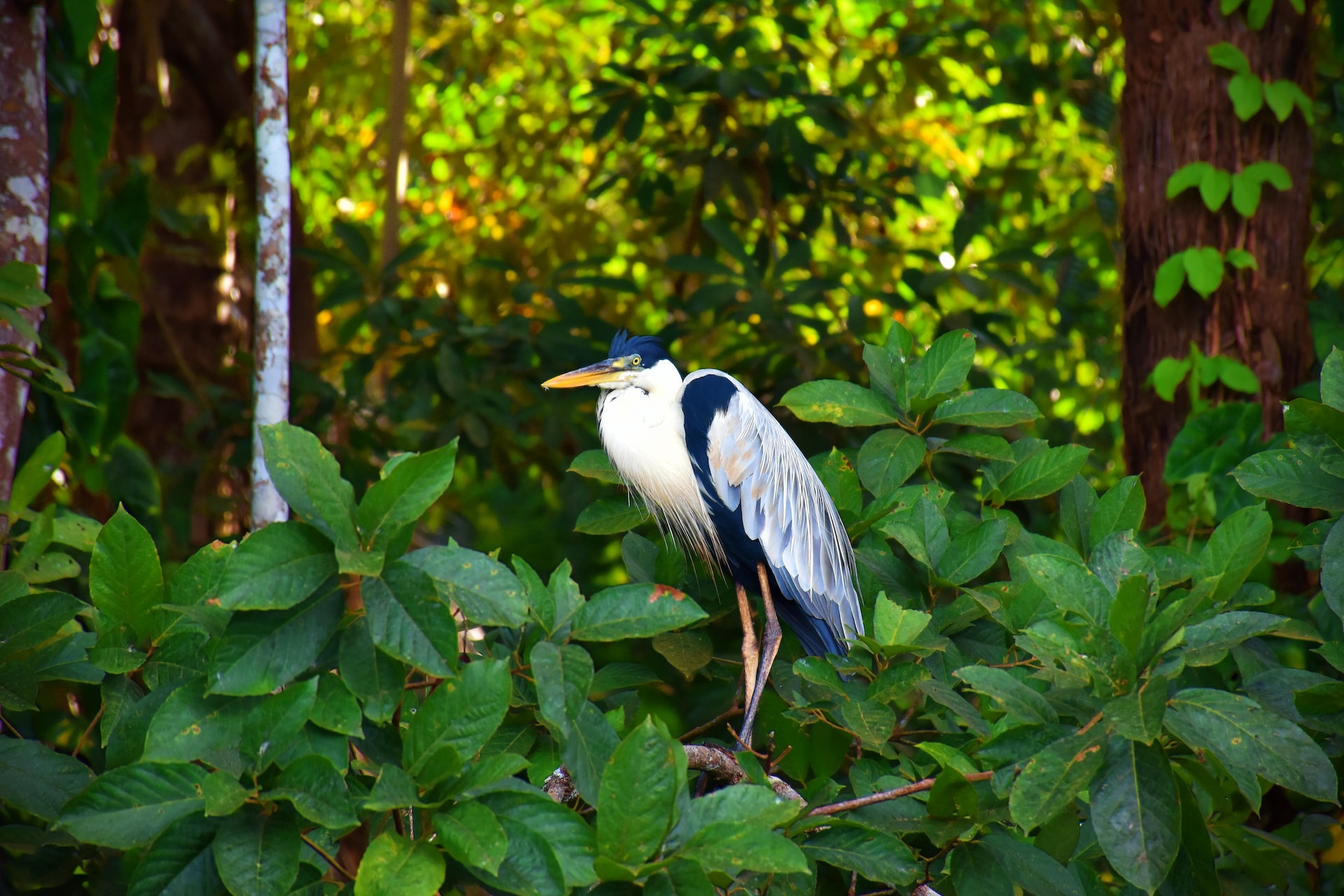The Amazon rainforest in Peru beckons adventurers and nature enthusiasts to South America with its unparalleled biodiversity and cultural richness.
Spanning more than 60% of Peru's territory, this lush and vibrant ecosystem is a sanctuary for unique plant and animal species.
Table of Contents
Importance of the Amazon Rainforest

The Amazon rainforest is paramount in the Earth's ecosystem, serving as the planet's lungs. Its trees act as massive carbon sinks, absorbing vast amounts of greenhouse gases and contributing significantly to the fight against climate change.
Moreover, this lush expanse generates a staggering 20% of the world's oxygen, vital for sustaining life on Earth. Beyond its atmospheric contributions, the Amazon rainforest hosts a significant proportion of global biodiversity, playing a pivotal role in maintaining ecological balance.
When to Visit
Visiting the Amazon in Peru is an extraordinary experience, offering unique opportunities for adventure and wildlife observation.
The Amazon can be explored from various points, but two of the most notable are Iquitos in the north and Tambopata in the south. Each region has distinct characteristics, and the best times to visit can vary.
Travelers can choose between peak and off-peak seasons, with each offering a unique perspective on the rainforest's splendor. Some travelers combine a trip to Northern Peru's Amazon region with a Galapagos cruise in Ecuador for a once-in-a-lifetime eco-adventure.
Iquitos – The Gateway to the Northern Amazon
Iquitos, only accessible by air or river, is a vibrant city surrounded by the lush Amazon rainforest. It's known for its floating houses and the bustling Belen Market.
High Water Season (December to May): This period is ideal for riverboat tours, as higher water levels make more rivers navigable. It's perfect for those looking to explore remote areas and see aquatic wildlife like river dolphins. The rainforest is in full bloom during this season, creating breathtaking scenery. However, expect heavy rainfall and humid conditions.
Low Water Season (June to November): This is the best time for jungle trekking and wildlife spotting on land. Water levels recede, revealing hiking trails and making terrestrial animals more visible. While there are fewer mosquitoes, the heat and humidity remain high.
Tambopata – Wildlife in Southern Peru
Tambopata, known for its rich biodiversity, is part of the larger Tambopata National Reserve. It has much to offer wildlife enthusiasts, including macaws, monkeys, and jaguars.
Dry Season (May to October): Ideal for wildlife viewing and avoiding heavy rains. Trails are more accessible, and the reduced foliage makes it easier to spot wildlife. The weather is more comfortable, with cooler temperatures and less humidity.
Wet Season (November to April): The rainforest is lush, and water levels in rivers and lakes are high, allowing for excellent river tours. Birdwatching is fantastic as many species are mating and nesting. However, be prepared for regular rain showers and higher humidity.
Geography and Biodiversity

At the heart of the Amazon rainforest lies the majestic Amazon River, the world's largest by volume. Its meandering waters carve through the diverse and lush rainforest, creating a thriving habitat for an incredibly rich variety of wildlife species.
The rainforest's biodiversity is awe-inspiring, ranging from towering trees and colorful orchids to elusive animals like jaguars and the iconic pink river dolphin.
Conservation Status and Endangered Species
As visitors embark on this ecological adventure, it's essential to be mindful of the conservation status of the Amazon rainforest and its inhabitants. The term “conservation status” is a crucial indicator, highlighting species at risk of extinction.
Endangered species, in particular, face a high risk of vanishing from the wild, primarily due to human activities such as habitat destruction and climate change.
Responsible tourism plays a pivotal role in supporting conservation efforts and ensuring the long-term survival of these remarkable species.
Things to Do in the Peruvian Amazon

1. Jungle Trekking: Immerse yourself in the heart of the rainforest with thrilling jungle trekking. Hike through tropical landscapes, encounter native wildlife, and discover hidden waterfalls and mysterious caves. Adequate preparation and adherence to safety measures are essential for a memorable and secure trekking experience.
2. River Cruising: For a more relaxed exploration, river cruising offers a tranquil and scenic journey along the Amazon River. This leisurely pace allows for intimate and luxurious experiences, with opportunities to explore various stops along the river path, each revealing a unique facet of the rainforest.
3. Wildlife Viewing: Engage in the thrilling recreational activity of wildlife viewing, observing animals in their natural habitats. This fosters an appreciation for biodiversity and contributes significantly to global ecotourism industries. Through responsible wildlife viewing, travelers actively participate in conservation efforts.
4. Community Visits and Cultural Immersion: Beyond the natural wonders, the Amazon rainforest provides opportunities for cultural immersion through community visits. These experiences offer invaluable insights into different cultures, fostering social understanding, promoting inclusivity, and raising global awareness through direct engagement with diverse communities.
Responsible Travel
Respecting the delicate balance of the rainforest is crucial for sustainable and responsible tourism. Stay on marked trails, avoid littering, and dress appropriately for the environment.
On the flip side, don't disturb the wildlife, remove plants, or engage in activities that may harm the delicate ecosystem. Interaction with local animals should be avoided; feeding them is strictly discouraged.
Conclusion
Embarking on a journey into the Amazon rainforest in Peru is not merely a vacation but a chance to connect with nature at its most pristine.
By understanding the rhythm of the rainforest, appreciating its ecological significance, and actively participating in responsible tourism practices, visitors can contribute to preserving this vital ecosystem.
The Amazon rainforest holds breathtaking beauty, inviting all to explore, learn, and leave with a profound sense of wonder and responsibility toward the planet we call home.
_____
This story is brought to you in partnership with Aqua Expeditions.
This post was written by a guest contributor. Please reference the author's byline in the post above for more information. If you would like to guest post on Go Backpacking, please read our submission guidelines. For information on advertising opportunities, go here.
Planning a trip? Go Backpacking recommends:
- G Adventures for small group tours.
- Hostelworld for booking hostels.
